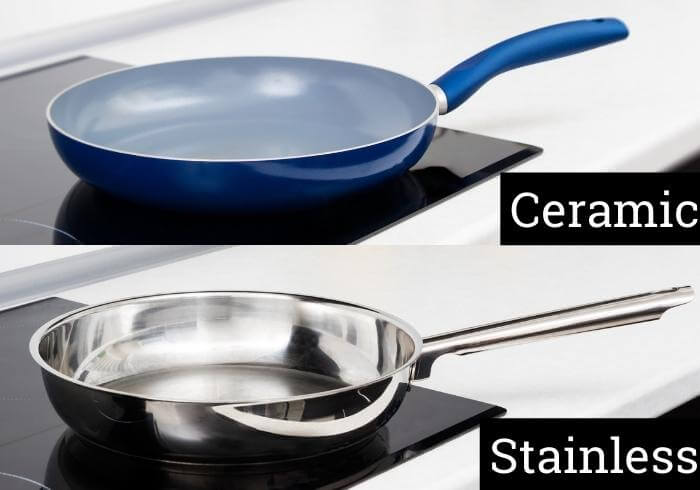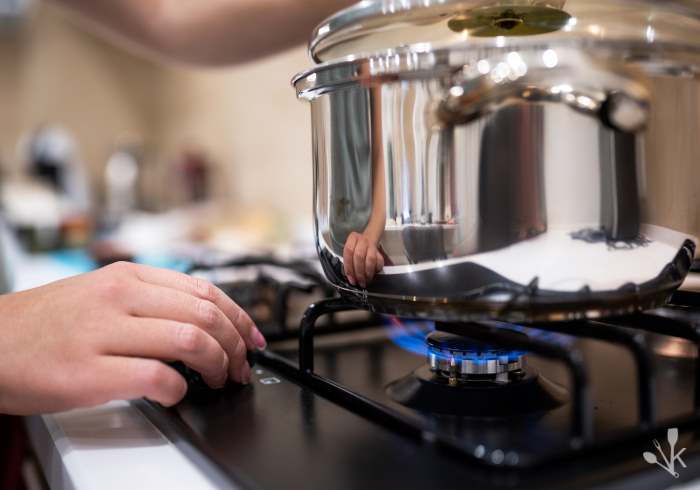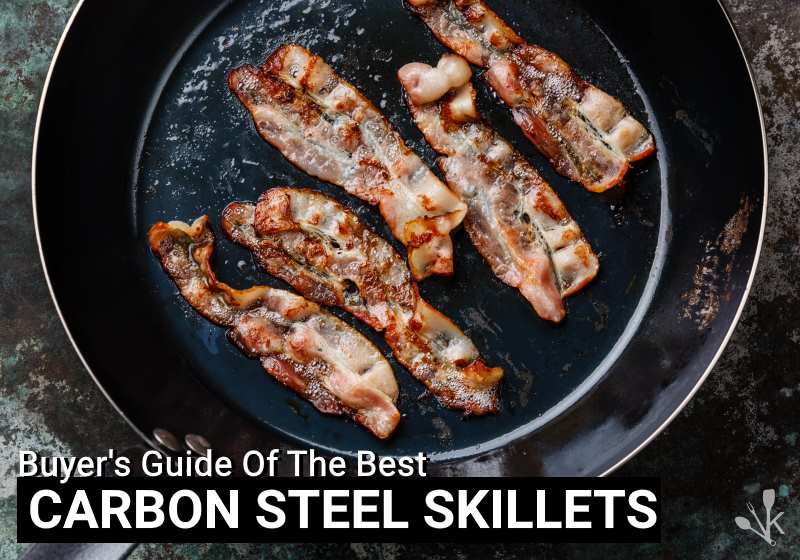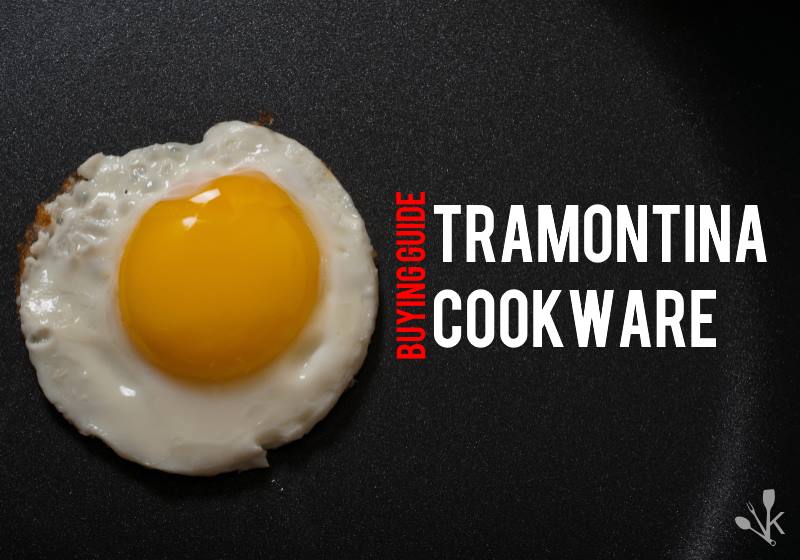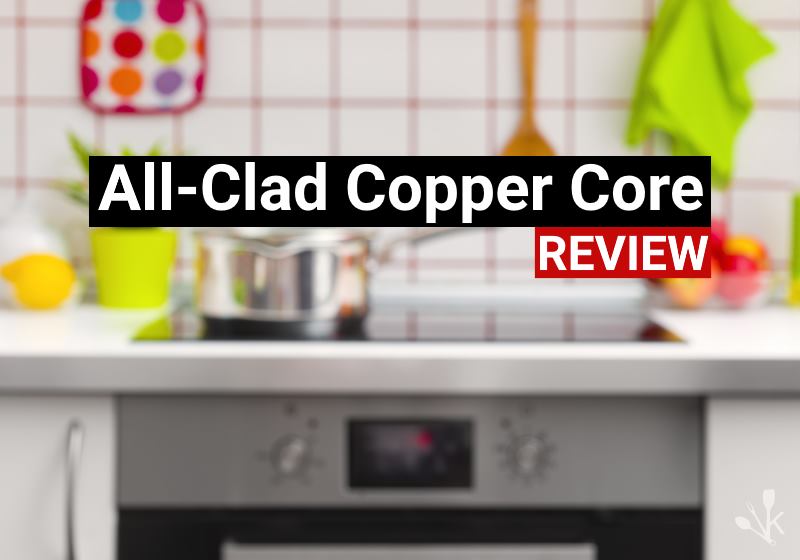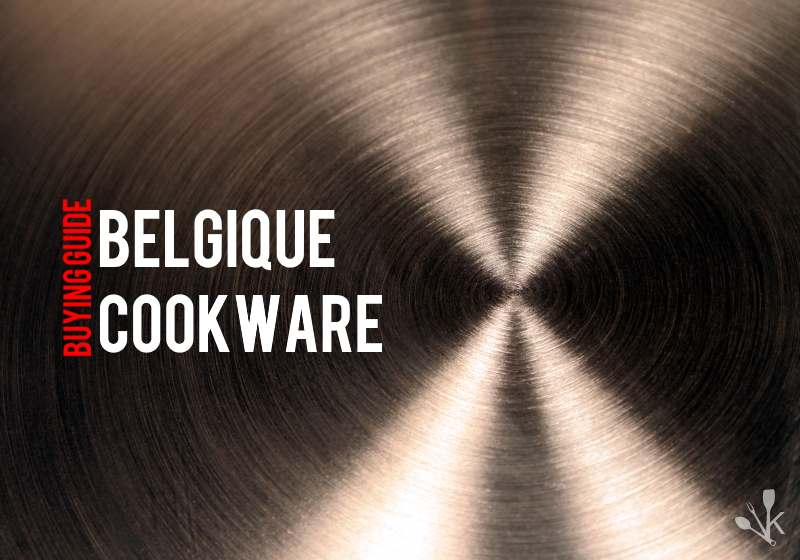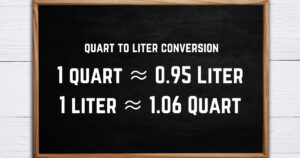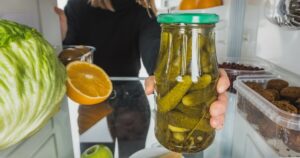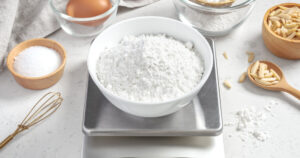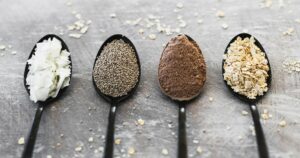I always suggest having a reliable piece of cookware, like a Staub or Le Creuset Dutch oven, ready to tackle all of your cooking challenges.
Now, hold on a minute. Staub or Le Creuset? Isn’t that like choosing between two gourmet dishes? Well, you’re onto something!
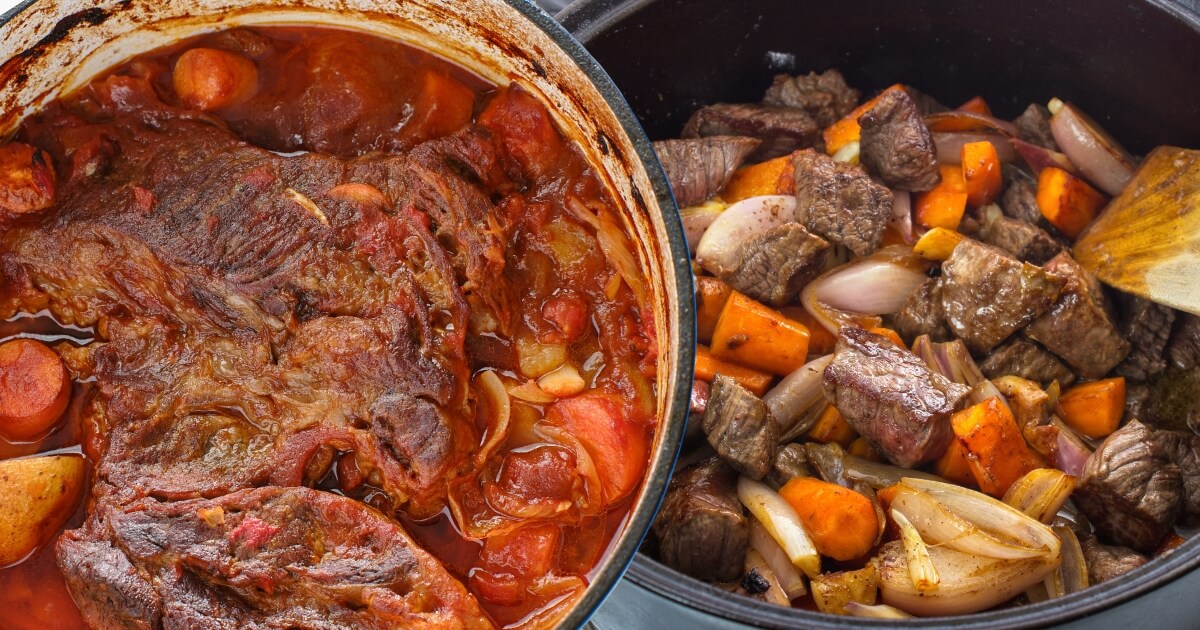
With both brands having rich histories and top-notch craftsmanship, the debate between Staub and Le Creuset has been sizzling for years.
For many, they’re not just baking dishes! They’re statements of your cooking style and kitchen aesthetics.
But here’s the twist, not all Dutch ovens are the same. So what’s the biggest difference?
That’s where this comparison comes in. You’ll uncover the nuances between Staub and Le Creuset, helping you make an informed choice and discover which brand resonates with your inner chef.
Which Is Better: Le Creuset Or Staub?
While both brands offer exceptional quality and performance, your personal preference might hinge on whether you prioritize the self-basting feature and a dark interior for searing (Staub) or a slightly lighter interior for easy monitoring (Le Creuset).
Let’s compare these features at a glance:
Lid Design
- Staub Dutch Oven: Staub’s lids are heavier and feature tiny spikes on the interior. These spikes allow for continuous self-basting, where moisture drips back onto your food, helping dishes remain moist.
- Le Creuset Dutch Oven: Le Creuset’s lids are lighter and don’t have self-basting spikes. Instead, they’re designed to fit snugly, improving moisture retention without the self-basting feature.
Interior Enamel
- Staub Dutch Oven: Features a black matte enameled interior. This dark enamel is excellent for browning and searing, and over time, it becomes more non-stick as it interacts with cooking oils.
- Le Creuset Dutch Oven: The light-colored interior makes it easier to check on your food as it cooks, helping you prevent burning or sticking. Staining is much more noticeable.
Clearing the Confusion: Are They Dutch Ovens Or French Ovens?
So, why all the confusion? Well, the terms “Dutch oven” and “French oven” are often used interchangeably in the U.S.
But here’s the thing, while all French ovens can be considered Dutch ovens due to their design and function, not all Dutch ovens are French ovens.
The biggest difference lies in the enamel. A true Dutch oven is bare cast iron, while a French oven has that enameled finish.
In this comparison, I’ll use the term Dutch oven because that’s what most people understand.
In the end, whether you’re using a Dutch oven or a French oven (or cocotte), you’re equipped with a kitchen workhorse that’s ready to tackle almost anything you throw at it.
Weight And Design Differences
Weight Difference Between Staub And Le Creuset
When you’re in the market for a Dutch oven, weight is going to be a significant factor.
Staub’s Dutch ovens are generally heavier than Le Creuset’s counterparts.
However, it’s essential to consider how often you’ll be moving it around, especially when pulling out a hearty meal from the oven.
So, in the end, it may not make much of a difference because you’re going to need some strength to move these around.
Range Of Colors And Finishes
Staub is known for its rich, matte finish, bringing rustic elegance to any kitchen setting. On the other hand, Le Creuset shines with its glossy finish.

In terms of color, while not affecting their performance, both brands now offer a wide range of color options to suit your style.
Listings at the time of writing this article show Staub with 11 colors and Le Creuset with 14 colors to choose from.
Handles And Overall Feel
When it comes to usability, the design of the side handles plays a pivotal role.
- Le Creuset has wider handles with smooth rounded edges. They’re designed for a comfortable grip, especially when you’re wearing oven mitts or pot holders.
- Staub’s approach is a thicker, more square handle compared to Le Creuset, but they haven’t compromised on comfort. The larger handles provide a secure grip, ensuring confidence when transferring from stovetop to oven.
Regardless of your choice, both brands prioritize a balanced feel.
Key Differences: Lid Design And Functionality
Staub’s Self-Basting Spikes And Tight Seal
The self-basting spikes on the interior of the capture and redistribute steam and moisture back onto your food, ensuring every bite is moist and flavorful.

But it’s not just about the spikes. The Staub lid covers the pan over its edges, providing a much tighter seal. This heavy, snug-fitting lid ensures that moisture and flavors are locked in.
Le Creuset’s Breathable Lid
On the other hand, Le Creuset offers a different kind of magic with its lid design. The lid hangs on the inside of the pot, and when pressure builds up, it starts to “breathe.”

This design allows some condensation to exit the pan, ensuring that your dish doesn’t remain too watery.
The condensate also runs down the interior sides, ensuring even moisture distribution. This design makes the Le Creuset especially suitable for preparing dishes that benefit from a bit of breathability.
Knob Design
Staub uses a brass and stainless steel knob, which is oven safe to a higher temperature than many plastic or phenolic knobs used by cheaper alternatives. This means you can confidently slide your pot into a blazing oven without a second thought.
That sturdy feel when you lift the heavy lid? That’s quality right there.
Recently, Le Creuset is shipping stainless steel knobs that can withstand higher oven temperatures than their older phenolic knobs that weren’t quite as heat-tolerant.
There are replacement knobs that you can buy, but they are quite expensive. So you should double-check to see what you’re getting before you buy.
However, the smooth, rounded design of their knobs is comfortable to grip and adds to the pot’s overall aesthetic. It’s a subtle touch but can make a difference when you’re in the thick of cooking.
In the end, whether you’re team Staub or team Le Creuset, the knob design of each brand showcases their commitment to both functionality and style.
Interior Enamel And Cooking Experience
Light vs. Dark Enamels
When you’re cooking with Le Creuset, the light-colored, sand-colored enamel stands out. It’s not just about giving your pot a bright and inviting look. This cream enamel is all about control.
When you’re browning cuts of meat or melting butter, the light background lets you see exactly what’s happening, helping you get that perfect sear or melt.
You’ll notice that the light interior of Le Creuset can show stains over time, especially if you’re using a higher heat source.
Never use metal utensils or steel wool, or a scrubbing pad to clean either brand, or you’ll damage the enamel.
Staub, with its black enamel interior, brings a touch of rustic charm to your kitchen. It’s a nod to the traditional raw cast iron skillets but with the advantages of modern enamel.
One of the beauties of Staub’s black matte interior is its ability to hide stains and discoloration. Its slightly rougher surface helps develop a patina from polymerized fats over time, acting as a seasoning or natural non-stick layer.
So, not only does it hide those pesky stains better than its lighter counterpart, but it can also improve with age. It’s like that favorite skillet of yours that just gets better the more you cook with it.
Temperatures: Oven-Safety And Broiling
When you’re using Le Creuset, you can confidently slide that pan into the oven and crank it up to 500°F. But if you’ve got a dish covered with their tempered glass lid, you’ll have to play it safe up to only 425°F, especially if you’re thinking of broiling.
Staub, on the other hand, keeps things straightforward. According to Zwilling, the whole ensemble, lid and all, can handle the heat up to 500°F in the oven. But when it comes to broiling, they’re a bit hush-hush.
With either dish, if you’re really itching to get that perfect char on top of your dishes, consider using a separate pure cast iron dish for broiling.
It’s designed to handle that intense, direct heat, ensuring you get that crispy finish without any worries about damaging your expensive enameled cast iron Dutch oven.
Heat Retention Capabilities
Heat retention is key When simmering a stew or slow-cooking a roast. Staub and Le Creuset excel in this department, thanks to their construction of cast iron cookware.
Staub’s heavy lid and design ensure that heat is trapped inside, making it a champ for dishes that require consistent temperatures.
On the other hand, Le Creuset’s design also ensures even heat distribution, ensuring that your dishes cook uniformly without any hot spots.
Price Difference: Cost And Value
When you’re shopping for a Dutch oven, you’ll notice that both Staub and Le Creuset come with a pretty hefty price tag. Although, the cost can vary depending on the size and model you’re eyeing.
Generally speaking, Le Creuset tends to be a tad pricier than Staub for similar-size options. But remember, prices can fluctuate based on where you’re shopping, any ongoing sales, or special editions.
Is spending more for a Le Creuset worth it?
Some folks swear by its iconic status and the brand’s long-standing reputation. But when you break it down feature by feature, Staub holds its own.
Final Thoughts: Is Staub Or Le Creuset Better?
Comparing Staub and Le Creuset is a challenge. Both are top-notch, and each has its own flavor.
These brands have set the gold standard in the world of Dutch ovens, and honestly, they’re both fantastic in their own right.
It’s a testament to the craftsmanship of both brands that they can offer such distinct functionalities while both being top-tier products.
- STAUB Dutch Oven (4 Quart Round Cocotte) – Check Price At Amazon
- Le Creuset Signature Dutch Oven (4.5 Quart Round) – Check Price At Amazon
I think investing in either is a wise choice, as they’re built to last a lifetime. But maybe you’re drawn to Staub’s tight-fitting lid for slow-cooked dishes, or perhaps Le Creuset’s vibrant colors speak to your kitchen aesthetic.
Ultimately, the best choice boils down to your cooking style and what you’re looking for in a Dutch oven.





